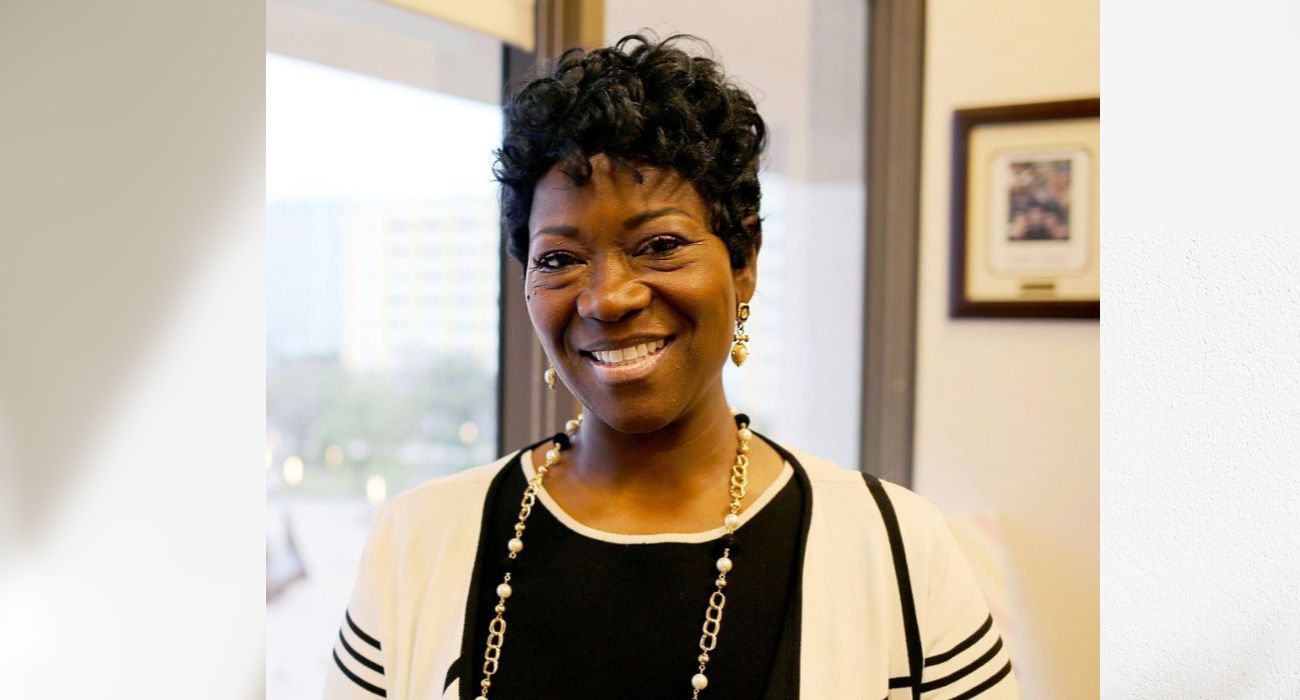DART trains, used by thousands of Dallasites every day, are plagued with rampant drug use and vagrancy, threatening the safety of passengers, according to some frequent DART riders.
Josh Terrell recently began working in Downtown Dallas and rides DART from the Arapaho Center Station to the Akard Station. He told The Dallas Express he and other passengers are often harassed by vagrants on the train.
During his Tuesday morning commute, Terrell shared, he saw a man openly using illicit drugs.
“There was a guy literally doing heroin on the train this morning right next to me,” he told The Dallas Express.

Photo of man on DART | Image by Josh Terrell
Terrell said these occurrences are nothing rare.
“Pretty much every day that I’ve taken the train, I have either encountered a group of drug addicts … people who are strung out, [or] people who are sleeping on the train,” he explained. “You can just tell these people are either homeless or addicted to some form of drug.”
Terrell said his coworkers have shared stories of witnessing “people having sex on the train [and] people masturbating on the train.”
Other outlets have shared stories from DART riders who have had negative experiences with homeless people loitering on and around the trains.
“It’s bad, it’s rough, people are crazy and they do crazy things,” college student Elizabeth Bennett told CBS News. “They are disrespectful. They follow you.”
He suggested DART and City of Dallas leadership must do more to protect passengers.
“It feels more like my life is at risk on my way to and from work because I’m riding the DART rail,” he told The Dallas Express. “Based on what I’ve witnessed and experienced, I do not feel safe riding that train and I 100% feel like there needs to be higher security.”
DART claims it has taken into account the concerns of its passengers and plans to increase the security presence on the trains.
As previously reported by The Dallas Express, DART intends to deploy 90 contracted security officers to bolster its current ranks. While its police are budgeted for a force of 220, it is unclear whether DART is fully staffed.
About half of these new security officers are already patrolling the trains, according to CBS News.
“My personal opinion is that there needs to be a safety officer on every single train at all times,” Terrell told The Dallas Express.
DART anticipates having an officer on each train at all hours of the day by the end of August.
Meanwhile, the Dallas Police Department is facing a significant shortage of police officers. A City analysis previously recommended about three policemen for every 1,000 residents, putting an ideal staffing level for Dallas at approximately 4,000 officers.
However, the DPD is currently short of this standard by about 900 officers.
Crime rates in Downtown Dallas are notably higher compared to Fort Worth’s downtown area, which is patrolled by a dedicated police unit in tandem with private security.
Last year, the largest percentage of DART police arrests occurred at locations in Downtown Dallas, which has become wrought with crime, homelessness, and vagrancy.
Terrell told The Dallas Express he often sees homeless people bathing in public near his downtown office.
“The park that sits near the building is filled with homeless people that take showers in the fountain that is supposed to be an attraction for people visiting the city,” he said. “It’s pretty wild to see.”
Terrell said he sees this “pretty much every time” he goes outside while at work.
Adekoye Adams, head of outreach for Dallas Justice Now, previously told The Dallas Express that homelessness and crime “feed off of each other.”
“Sustaining a drug habit often requires that … people participate in … crime,” he said.
A recent satisfaction survey from the City of Dallas found that 61% of Dallas residents consider crime a “major” problem in the city, while 75% said the same about homelessness.
The City of Dallas has so far been unable to meaningfully combat its homelessness crisis. An approach Dallas has yet to try is that taken by nonprofit Haven for Hope in partnership with the City of San Antonio: a “one-stop shop” for housing and supportive services. Centralizing these resources in a single location sidesteps the challenges of having several facilities scattered across the city.
The strategy contains both the problems and solutions associated with homelessness and vagrancy in a single geographic area and has polled favorably among Dallas voters.






